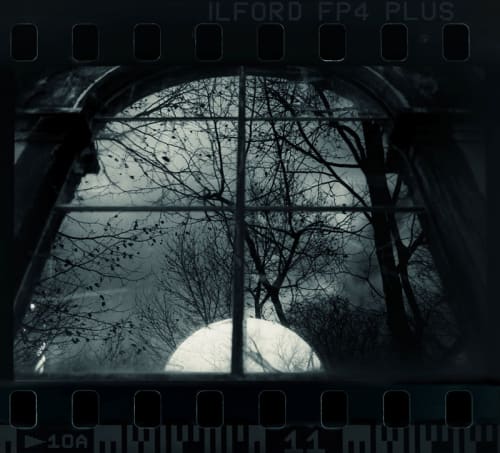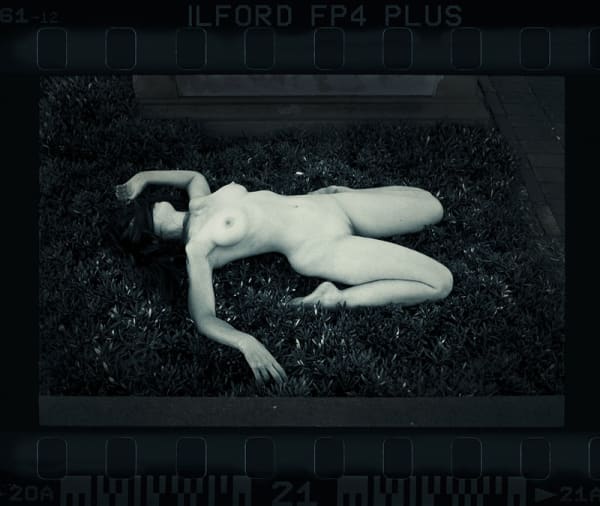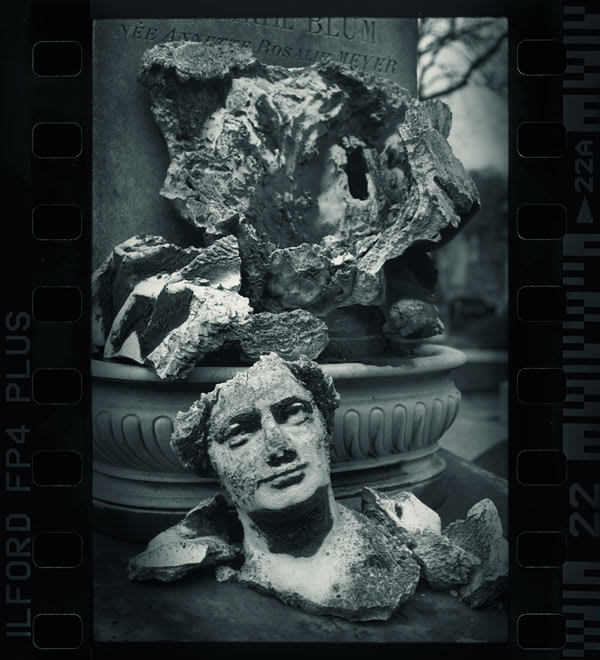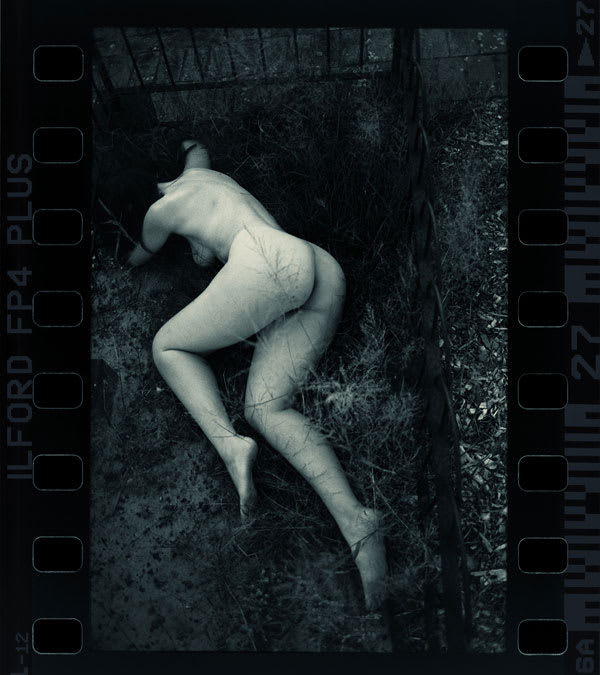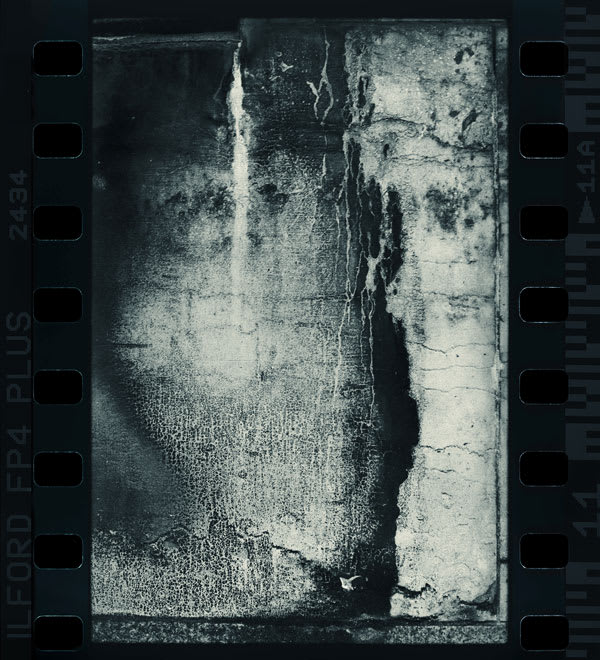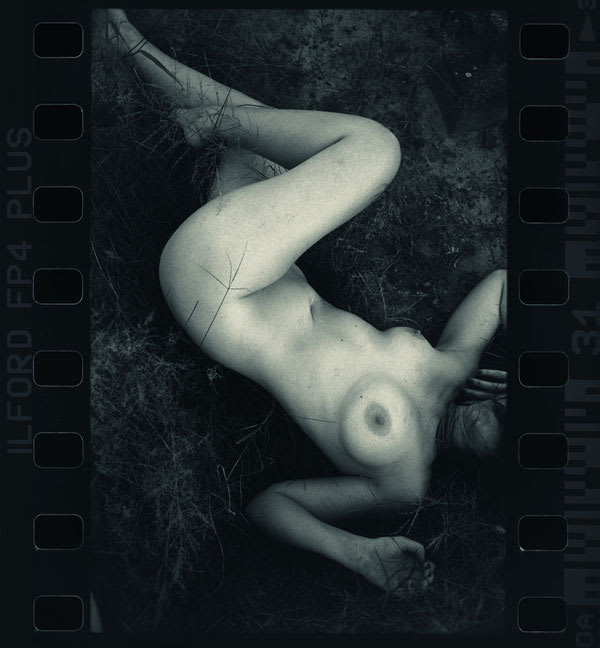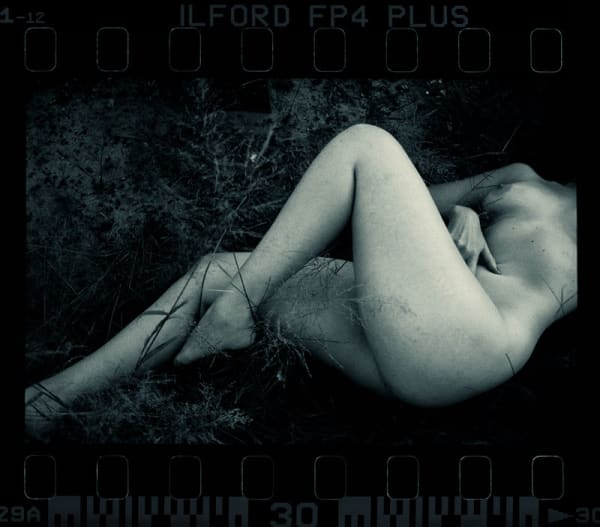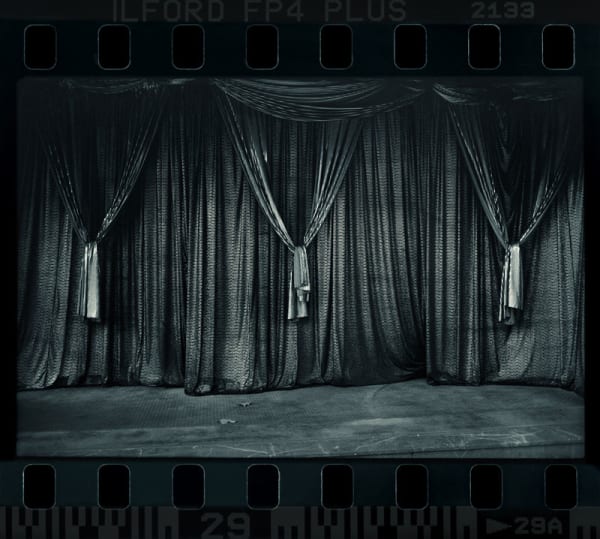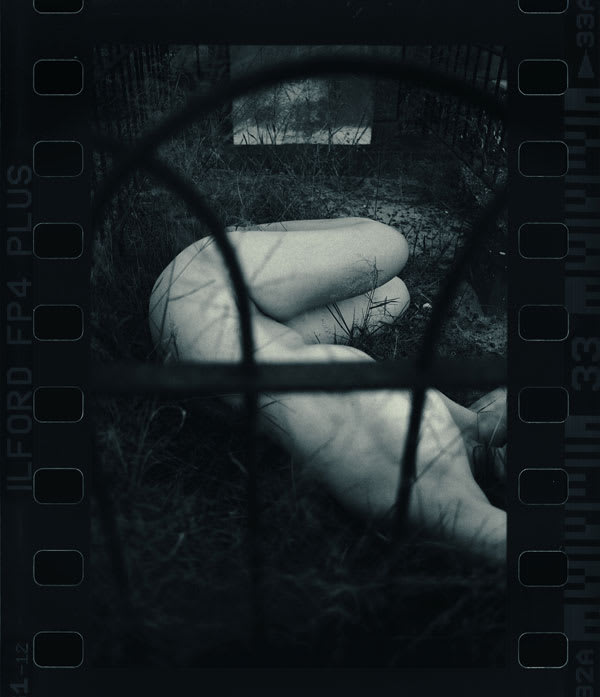Jane Burton: It is Midnight, Dr._ _
THE ART OF JANE BURTON
I read recently that the poet Rimbaud was keen on photography and recognised its power and potential. Foremost amongst the things he wished to write was a work called photographies des temps passes. Rimbaud saw photography as a means of freezing the past; a tool to capture a lost world much as Proust has loosely appropriated the traditional form of the novel. This is certainly one of the camera’s most popular functions. Henri Latigue and Brassai follow this path giving it a poetic dimension.
But there is another kind of photography that is neither nostalgic nor documentary; which trespasses upon the art of painting, where the practitioner seeks to capture a speculative world and gives substance to the phantoms of his imagination. It is the rare art of remembered dreams, akin to the ‘séance’ photographs of the early nineteenth and early twentieth centuries. It was the raison d’ètre of the Surrealists.
Jane Burton is such an artist. Against the present fashion for inflated snaps, or glossy technicolour tableaux, her work is close to the Symbolists – the art of Redon, Khnopff, and even the dark and disturbing imagery of Alfred Kubin.
This is not to say that she disdains the beautiful. Her still lifes and nocturnes possess a dark glittering glamour in the true sense of that epithet. Even the female nudes lost, violated, in postures of flight or submission have an astonishing beauty and erotic power. Some remind me of those plaster casts in Pompeii, the naked victims and fugitives from volcanic catastrophe. Vulnerability, an over-used word, best describes these faceless victims in one of her more recent and compelling series.
There was a phase in her work which resembled forensic photography; crime scene pictures re-imagined and transformed by a considerable artist. Her new images indicate a fresh direction in her art; an evolution from the ectoplasmic multiple nudes of a few years ago, to a more mature vision of great technical complexity so that many of her recent works, those most sought by collectors, exist only in an edition of one.
Burton is unlike any contemporary photographer. In some of her subjects there is an unconscious affinity with Nolan’s Fraser Island series depicting a torn and naked woman lost in a hostile wilderness, and there is even an echo of the darker visions of Arthur Boyd. She is, I believe, an admirer of Gustave Moreau the great French Symbolist who was a specialist in elaborate and sumptuous detail which he described as a “necessary richness”. These works by Burton are foretold by Moreau’s dictum, “I do not believe in either what I touch or what I see. I believe in only what I cannot see and what I sense.”
Burton is a Symbolist photographer, who sometimes likes to enhance and enrich her images with drawing, sometimes all but obliterating the original subject. These ‘altered’ photographs have a power and intensity and also a mystery, absent in the work of most other contemporary artists. She has performed no small miracle in extending the range of conventional photography.
Barry Humphries, AO, CBE
Essay from Jane Burton “It is Midnight Dr. _ _” (M.33, Melbourne 2017)
-
 Jane BurtonIt is Midnight, Dr._ _, image 1, 2016c-type photograph45 x 50cm
Jane BurtonIt is Midnight, Dr._ _, image 1, 2016c-type photograph45 x 50cm
Edition of 3 plus 1 artist's proofAU$ 3,500.00 + framing -
 Jane BurtonIt is Midnight, Dr._ _, image 2, 2016c-type photograph45 x 50cmEdition of 3 plus 1 artist's proofAU$ 3,500.00 + framing
Jane BurtonIt is Midnight, Dr._ _, image 2, 2016c-type photograph45 x 50cmEdition of 3 plus 1 artist's proofAU$ 3,500.00 + framing -
 Jane BurtonIt is Midnight, Dr._ _, image 3, 2016c-type photograph45 x 50cmEdition of 3 plus 1 artist's proofAU$ 3,500.00 + framing
Jane BurtonIt is Midnight, Dr._ _, image 3, 2016c-type photograph45 x 50cmEdition of 3 plus 1 artist's proofAU$ 3,500.00 + framing -
 Jane BurtonIt is Midnight, Dr._ _, image 4, 2016c-type photograph50 x 46cmEdition of 3 plus 1 artist's proofAU$ 3,500.00 + framing
Jane BurtonIt is Midnight, Dr._ _, image 4, 2016c-type photograph50 x 46cmEdition of 3 plus 1 artist's proofAU$ 3,500.00 + framing -
 Jane BurtonIt is Midnight, Dr._ _, image 5, 2016c-type photograph50 x 44cmEdition of 3 plus 1 artist's proofAU$ 3,500.00 + framing
Jane BurtonIt is Midnight, Dr._ _, image 5, 2016c-type photograph50 x 44cmEdition of 3 plus 1 artist's proofAU$ 3,500.00 + framing -
 Jane BurtonIt is Midnight, Dr._ _, image 6, 2016c-type photograph50 x 44cmEdition of 3 plus 1 artist's proofAU$ 3,500.00 + framing
Jane BurtonIt is Midnight, Dr._ _, image 6, 2016c-type photograph50 x 44cmEdition of 3 plus 1 artist's proofAU$ 3,500.00 + framing -
 Jane BurtonIt is Midnight, Dr._ _, image 7, 2016c-type photograph50 x 44cmEdition of 3 plus 1 artist's proofAU$ 3,500.00 + framing
Jane BurtonIt is Midnight, Dr._ _, image 7, 2016c-type photograph50 x 44cmEdition of 3 plus 1 artist's proofAU$ 3,500.00 + framing -
 Jane BurtonIt is Midnight, Dr._ _, image 8, 2016c-type photograph45 x 50cmEdition of 3 plus 1 artist's proofAU$ 3,500.00 + framing
Jane BurtonIt is Midnight, Dr._ _, image 8, 2016c-type photograph45 x 50cmEdition of 3 plus 1 artist's proofAU$ 3,500.00 + framing -
 Jane BurtonIt is Midnight, Dr._ _, image 9, 2016c-type photograph45 x 50 cmEdition of 3 plus 1 artist's proofAU$ 3,500.00 + framing
Jane BurtonIt is Midnight, Dr._ _, image 9, 2016c-type photograph45 x 50 cmEdition of 3 plus 1 artist's proofAU$ 3,500.00 + framing -
 Jane BurtonIt is Midnight, Dr._ _, image 10, 2016c-type photograph44 x 50cmEdition of 3 plus 1 artist's proofAU$ 3,500.00 + framing
Jane BurtonIt is Midnight, Dr._ _, image 10, 2016c-type photograph44 x 50cmEdition of 3 plus 1 artist's proofAU$ 3,500.00 + framing -
 Jane BurtonIt is Midnight, Dr._ _, image 11, 2016c-type photograph50 x 43cmEdition of 3 plus 1 artist's proofAU$ 3,500.00 + framing
Jane BurtonIt is Midnight, Dr._ _, image 11, 2016c-type photograph50 x 43cmEdition of 3 plus 1 artist's proofAU$ 3,500.00 + framing
